Mark O’Connell was three years old when Malcolm Macarthur – a silken-tongued toff in a bow tie – went on his killing rampage in 1982, and 33 when he was released from prison in 2012. Eight years later, when he began this book, O’Connell describes stalking Macarthur around Dublin in the hope of securing the kind of interview that would cause Ireland’s most famous murderer to ‘tremble in terror and awe at the moral magnitude of his iniquity.
Already a subscriber? Log in
Subscribe for just $2 a week
Try a month of The Spectator Australia absolutely free and without commitment. Not only that but – if you choose to continue – you’ll pay just $2 a week for your first year.
- Unlimited access to spectator.com.au and app
- The weekly edition on the Spectator Australia app
- Spectator podcasts and newsletters
- Full access to spectator.co.uk
Or
Unlock this article
You might disagree with half of it, but you’ll enjoy reading all of it. Try your first month for free, then just $2 a week for the remainder of your first year.

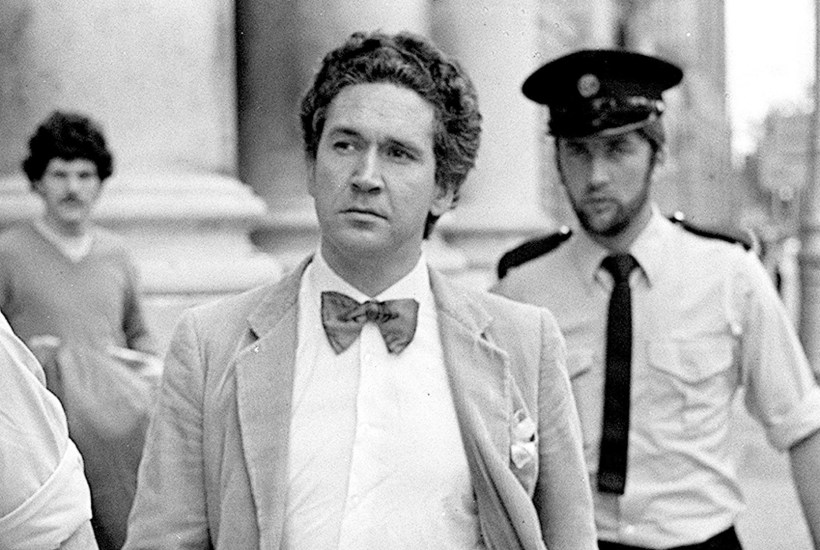
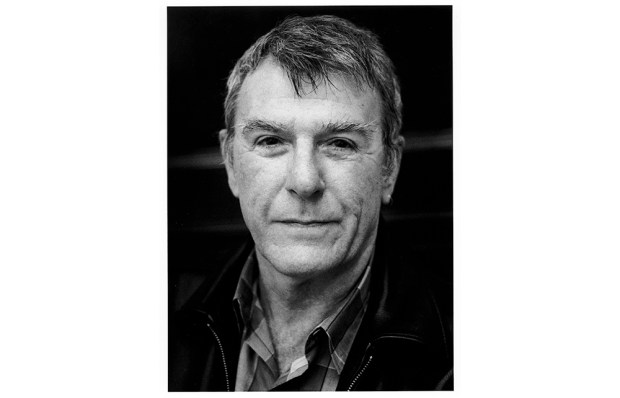

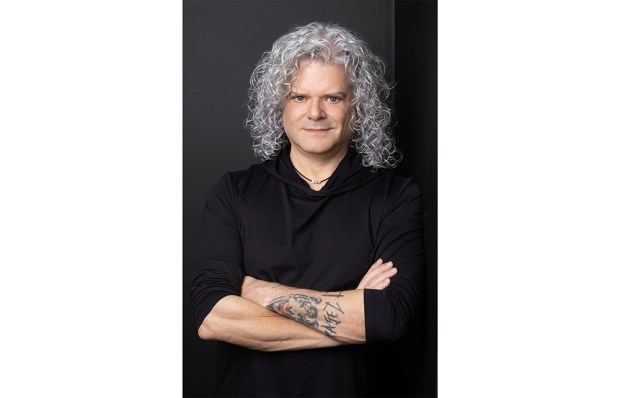
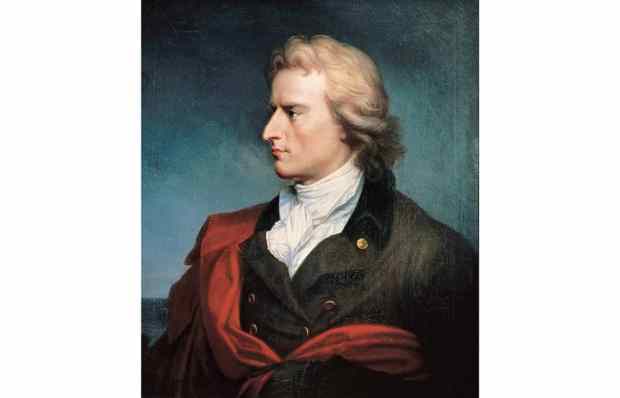
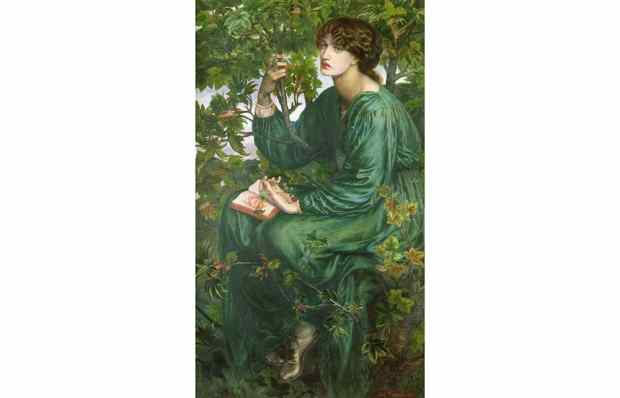
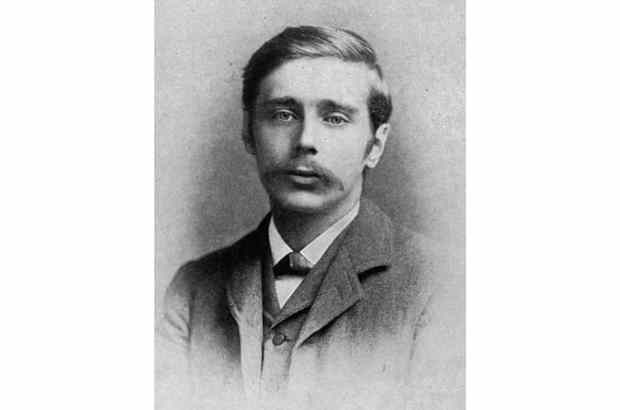






Comments
Don't miss out
Join the conversation with other Spectator Australia readers. Subscribe to leave a comment.
SUBSCRIBEAlready a subscriber? Log in